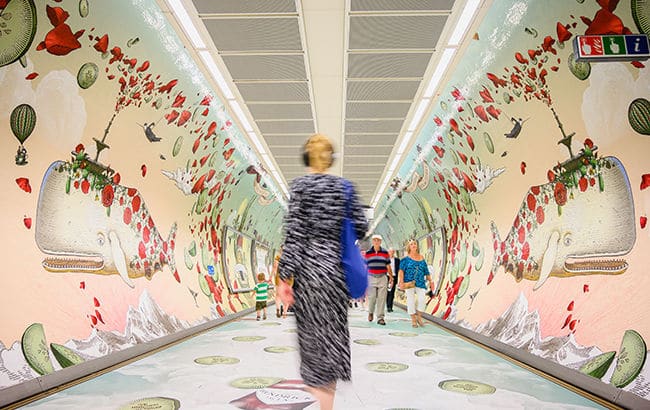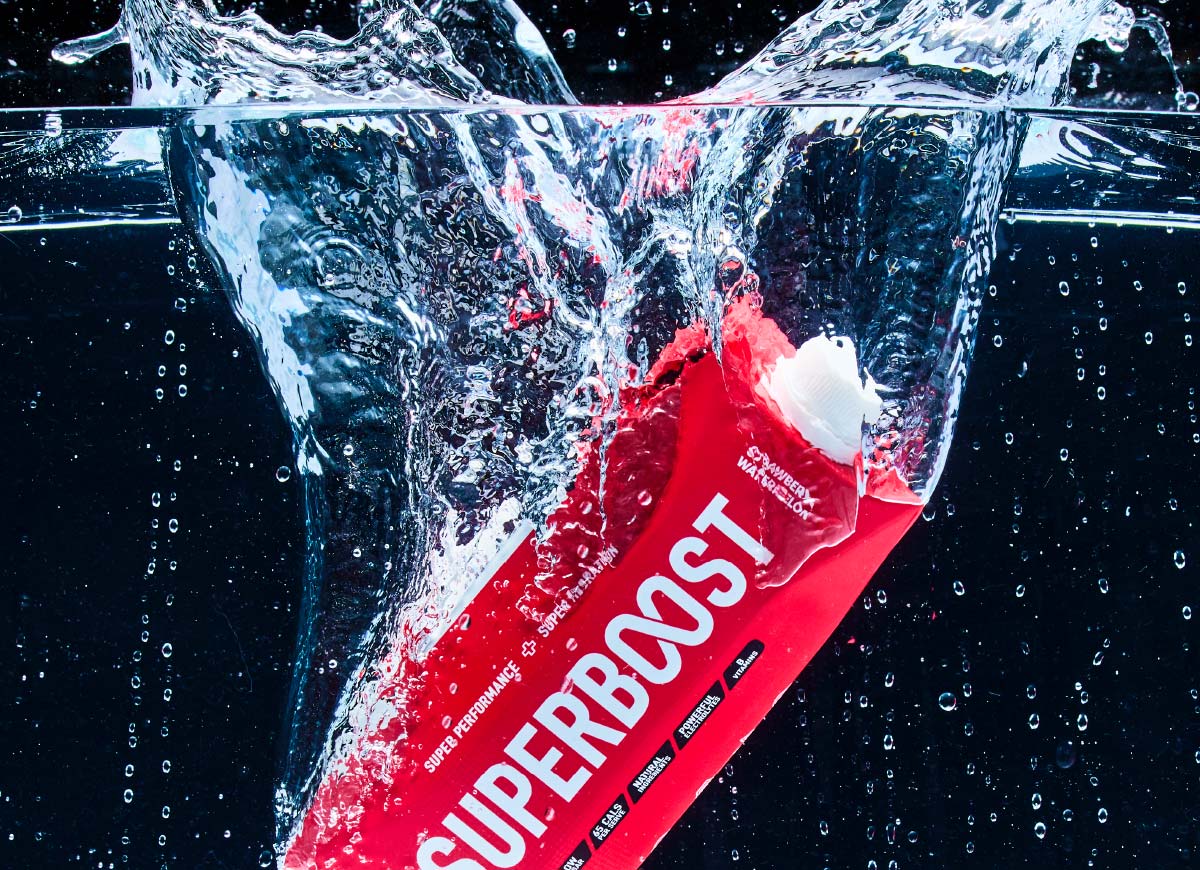Branded scent gets you closer

This article by Paul Findlay first appeared in Mumbrella
Branded scents could bring customers closer than ever before.
Our sense of smell connects us to memory, nostalgia, hunger and longing. So by unlocking the power of that with branded scents, companies have a chance to get closer to their customers than ever before.
Scent is so important to shaping how we taste, feel and remember experiences. It is scientifically proven to be a significant factor in altering mood, making people feel better and even increase productivity.
And with the progress of technology and what we know about this powerful sense, it’s time for brands to embrace it wholeheartedly.
The science of smell
The sense of smell comes from special cells (called olfactory sensory neurons) high inside the nose, which connect directly to the brain. In essence, smells are directly hardwired to our biology. They can arouse emotions and memories even without us knowing, calling up powerful responses like nostalgia, longing, lust, hunger or fear.
We already know that creating the right environment with desirable scents has the potential to enhance mood and affect customer behaviour.
Branded scents work
Branded scents have been used successfully for ages. From the lavender waft of a homeware store to the heady funk of a certain sandwich chain, scent cues have been around for years and brands have been using them.
Early scent engineers at Rolls Royce faithfully replicated the ‘new car smell’ of a 1965 Silver Cloud. With aromas like leather and rich mahogany, this potent Ron Burgundy-esque smell also includes special aromatic notes like under-seal and felt, so that every new Rolls Royce owner enjoys the same scent that previous generations experienced.
British toy-store chain Hamleys pumps the smell of pina colada into the air to get their customers (stressed out parents) to linger longer, with the scent taking them to a place of freedom and tropical holiday bliss, rather than the reality of toy store hell.
This year, Hendrick’s gin created a tunnel wrap in London’s King’s Cross St Station, filled with themed aromas and slogans like ‘Escape the conventional and embrace the delectable’. The scented posters are designed to create an immersive experience and replicate the key flavours in Hendrick’s gin styles, like cucumber and rose petal from a limited Midsummer release.

Installation by a collab between UK ad agency Space, print/OOH specialists from Vizeum UK, Global OOH and Posterscope
And right under our noses is Nescafé, the aroma of which has subtly permeated supermarket aisles like an instant coffee ninja. The smell of Nescafé coffee has been cleverly embedded into the product’s printed labels for decades.
Every brand wants to tell a story, and one which is as memorable as possible. And, using a more sophisticated approach, we can go even further than gin and coffee labels.
Creating experience and memories
With digital scent technology, we can now send and receive scents via apps and experience them through VR/AR, games, films and music. Our challenge here is using this tech in a way that appeals to what customers want.
People can now create their own ‘personal sanctuary’ with digital scent technology like Scentee Machina or the Cyrano. Smell tracks with titles like Central Park or Surfside can be programmed in a Spotify-like playlist to create personal mood medleys which can be shared with friends.
The art world is already well-engaged in fully immersing people in experience. Tasmania’s Museum of Old and New Art (MONA) has been on the streets of Hobart for years, celebrating art, sex and food during Dark Mofo. Sensory Underground is another event, recently held in Melbourne in secret concrete bunkers underneath Federation Square, which combines dining, futuristic art and design, and custom scents for a very ‘Melbourne’ experience.
In branding, we already decide so much about how brands sound, operate and look. If we add scent to that arsenal, an overlooked yet essential sense, there’s no reason why we can’t create deeper, more immersive brand experiences and get our customers closer to brands than ever before.


